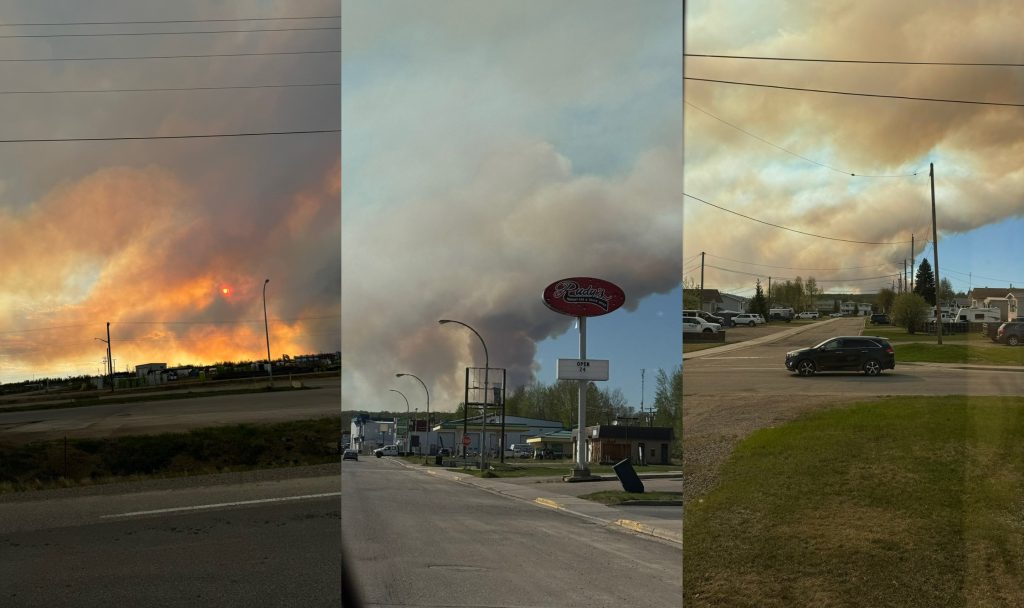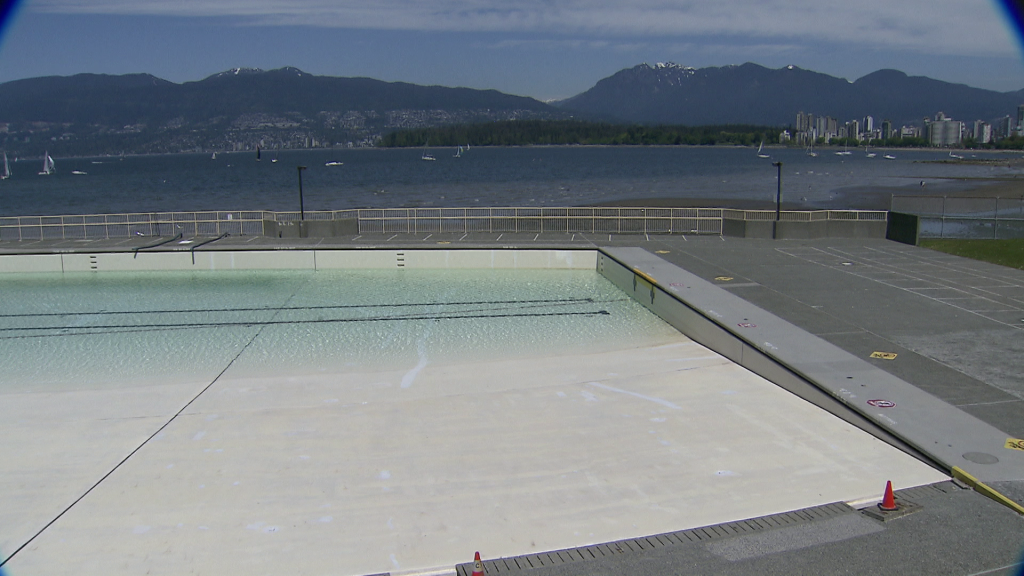About 6 people died per day in January from toxic illicit drugs in B.C.
Posted March 11, 2022 8:50 am.
Last Updated March 11, 2022 11:32 pm.
The BC Coroners Service says there were 207 suspected illicit drug toxicity deaths in January, making it the fourth consecutive month for the province to see more than 200 deaths connected to the crisis. It also is a 10 per cent increase over the same time period last year.
The majority of those who died were men between the ages of 30 to 59, the coroner says.
While fentanyl remains the main drug present, new toxicology data shows a massive increase in the number of deaths where benzodiazepines were also detected.
According to the BC Centre for Disease Control, naloxone kits are ineffective at reviving someone who has taken benzos.
Compared to July 2020, when they were found in about 15 per cent of the samples, benzodiazepines have now been found in more than half of the drugs taken in January. The Fraser Health Authority had the highest percentage of benzodiazepines detected in recent tests.
Related Articles:
-
Spike of unregulated drugs mixed with benzodiazepines creating targeted violence: experts
-
Feds urged to scrap thresholds in requests to decriminalize simple drug possession
-
Report on thousands of illicit drug deaths in B.C. makes case for safe supply
In the last two years, the drug etizolam, which is five to 10 times more potent than diazepam, has been found in more than 40 per cent of illicit drug deaths. It is not approved by Health Canada and experts say mixing fentanyl and its analogues with etizolam or benzodiazepines increases the likelihood of overdose due to the combined respiratory depressant effects.
No deaths have been reported at supervised consumption or drug overdose prevention sites.
The numbers come on the heels of a new report which made several recommendations to the province, including the need for expanded safe supply.
Illicit drug toxicity is the leading cause of unnatural death in B.C., more than homicides, suicides, motor vehicle incidents, drownings, and fire-related deaths combined, according to the report.
The conclusion from the expert panel put forward three recommendations to the relevant ministries and organizations, which include the Illicit Drug Toxicity Action Plan as well as an evidence-based continuum of care.
B.C.’s Chief Coroner Lisa Lapointe says the action that’s been taken to stop the toxic drug supply clearly isn’t working.
She says there are some small federally funded pilot projects that are giving out small numbers of safe supply, but it only serves those living in Victoria or Vancouver.
“Drug toxicity deaths are happening across the province. The north is experiencing the largest burden of death per capita due to toxic drugs.”
And she says the doctors that are giving out safe supply are hesitant.
“Clinicians are afraid. They have been warned by their college that they’re doing something that’s new and different.”
She adds governments have been throwing money at the issue, but there hasn’t been sufficient data to back up what to throw the money at.
“There was a recommendation back in 2018 to monitor the programs that are available — that still hasn’t happened. So what we have been doing as a province is investing significant amounts of dollars in problems and services without any evaluation.”
She says this public health emergency deserves the same amount of urgency and action the pandemic had.
“Not suggesting that the medical conditions are identical but acknowledging that that was a public health emergency that had the potential to kill thousands of people like the drug toxicity crisis and the fact that resources were drawn upon, it wasn’t about how much money was spent or how many barriers there were but it was about we’re going to do this and this is how it’s going to be done.”
Related Video:
Illicit drug toxicity is the leading cause of unnatural death in B.C., more than homicides, suicides, motor vehicle incidents, drownings, and fire-related deaths combined, according to the report.
The conclusion from the expert panel put forward three recommendations to the relevant ministries and organizations, which include the Illicit Drug Toxicity Action Plan as well as an evidence-based continuum of care.










